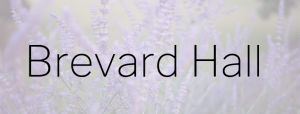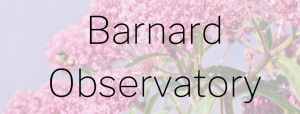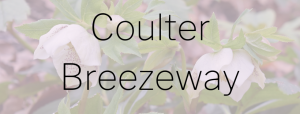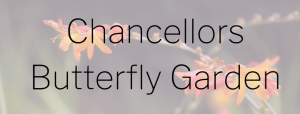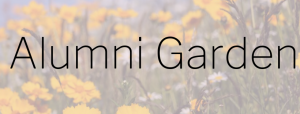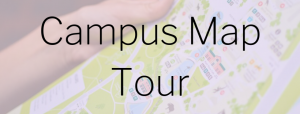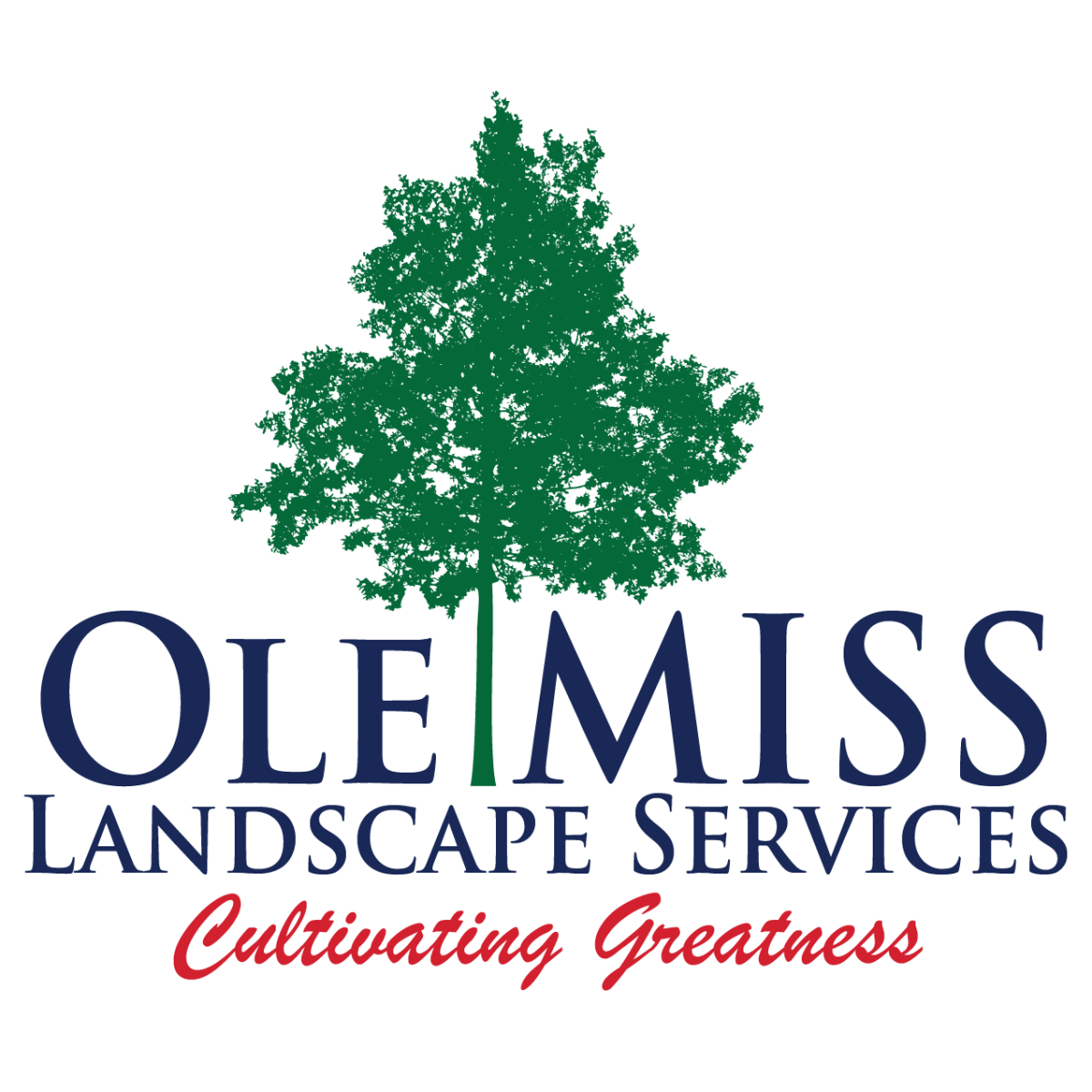Pollinator Gardens at the University of Mississippi
The University of Mississippi is located in a diverse region of plants, animals, and insects. The region belongs to the Southeastern Mixed Forest Province as described by the North American Pollinator Protection Campaign. This region is a highly-developed and farmed landscape in which pollinator species are integral to the agricultural systems. In addition, the region acts as a migration route for many species of insects and birds. It is important to foster native and beneficial habitats for pollinators in order to support their migrations, species survival, and human agricultural systems.
The University of Mississippi has several pollinator gardens, installed and maintained by Landscape Services, to achieve this goal. As you view each garden below be sure to click on the image for more information about the plants that are grown there and the pollinators they support.
Bee Campus USA-University of Mississippi
LEARN MORE!
University of Mississippi Field Station Butterfly Guide
This guide focuses on butterflies common to the University of Mississippi Field Station and regions surrounding it. Click the link above to order the guide.
The University of Mississippi Beekeepers Club was established in Spring 2018. They originally started within the Sally McDonnell Barksdale Honors College, working closely with Dean and novice beekeeper himself Douglass Sullivan-González. However, all students are now welcome to join. Members of the club have recently started raising bees in hives that they assembled and installed nucleus colonies in themselves.
Magnolia Grove Audubon Student Conservation Chapter
The Magnolia Grove Campus Audubon Chapter is a group of passionate students, advocates, and stewards of the land and resources based at the University of Mississippi. The club includes a diverse audience as well as diverse levels of experience in the natural world. Its vision is to create a more mindful, diverse, and bird-friendly community at the University of Mississippi and create a new generation of supporters for conservation.
The UM Garden Club is a student organization on the University of Mississippi’s campus. The garden is located behind RC South and produces food grown by and for students. The garden benefits from the many pollinators around the university in order to produce food throughout the year. The Garden Club welcomes all students, faculty, and staff to join and participate with no experience necessary.
Strawberry Plains Audubon Center
Located in Holly Springs, the Strawberry Plains Audubon Center is a great location to interact and learn more about pollinators through educational events and workshops. Strawberry Plains Audubon Center also sells native plants that support pollinators in the region. SPAC’s mission is: “Through education and demonstration, Strawberry Plains Audubon Center inspires ecological stewardship and leads community action to conserve and manage our landscape for biodiversity and habitat for birds and other wildlife.”
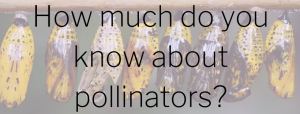
How much do you know about pollinators?
Test your knowledge about pollinator plants, and pollinators in Mississippi!
The University of Mississippi Pollinator Gardens are brought to you by Landscape Services with support from the Office of Sustainability.
Management of Pollinator Gardens
Campus site management goals strive to minimize risk to people, property, and the environment, including pollinators. Non-chemical methods including prevention are the first line of defense. Landscape Services has invested in organic and humane repellents to deter deer and pests from the University of Mississippi campus. Organic fertilizers such as leaves, composted manure, Milorganite, and Loamate are used as a top dressing when needed. If chemical use is necessary, the least toxic control is used when action is necessary. All pollinator gardens are carefully monitored by following the industries best-integrated pest management methods and practices. Integrated pest management methods:
· Trees and shrubs are pruned to encourage air circulation.
· Resistant plant species are used when available and correct spacing when planting to avoid overcrowding.
· Selecting the right plants for the site conditions and preparing the soil for the plants.
· Dormant oil is applied to plants and shrubs to prevent insect infestations.
· Weeds are controlled in shrub beds to promote healthy plants.
· Leaves and other debris are removed to prevent overwintering of insects.
· Diseased and infested plants are physically removed to prevent spread.
· All landscape tools are regularly sanitized to prevent spread of pests and infections.
· Educate staff on the identification of beneficial insects.
· Encourage native predators by maintaining diverse habitat which they can prey directly on pests.
